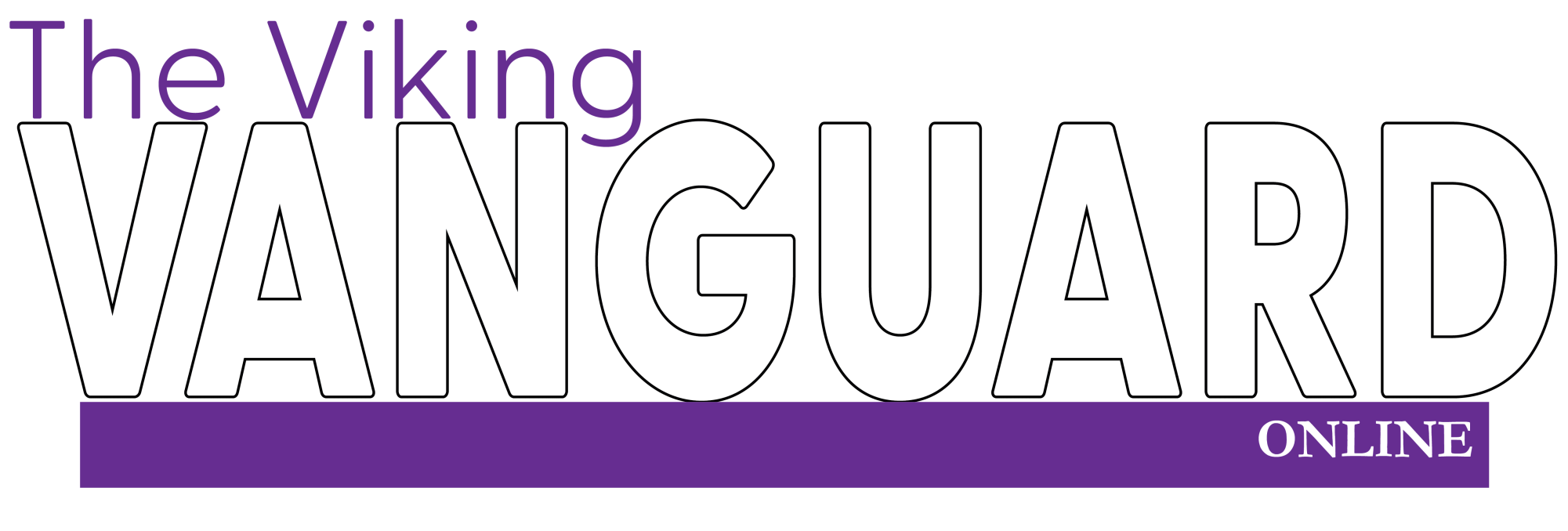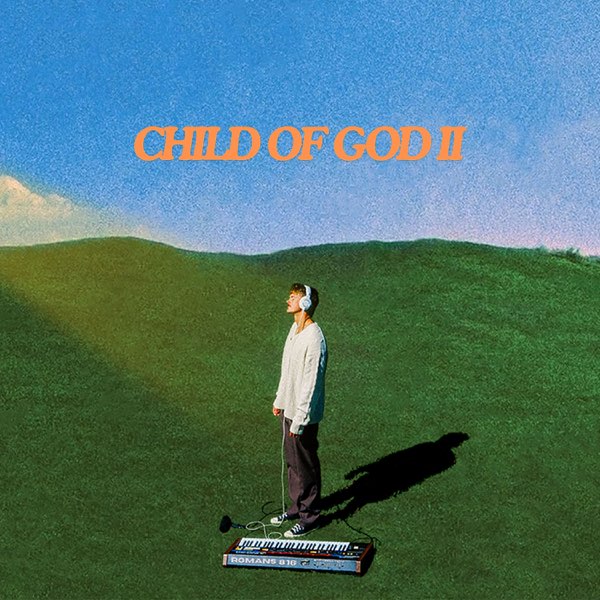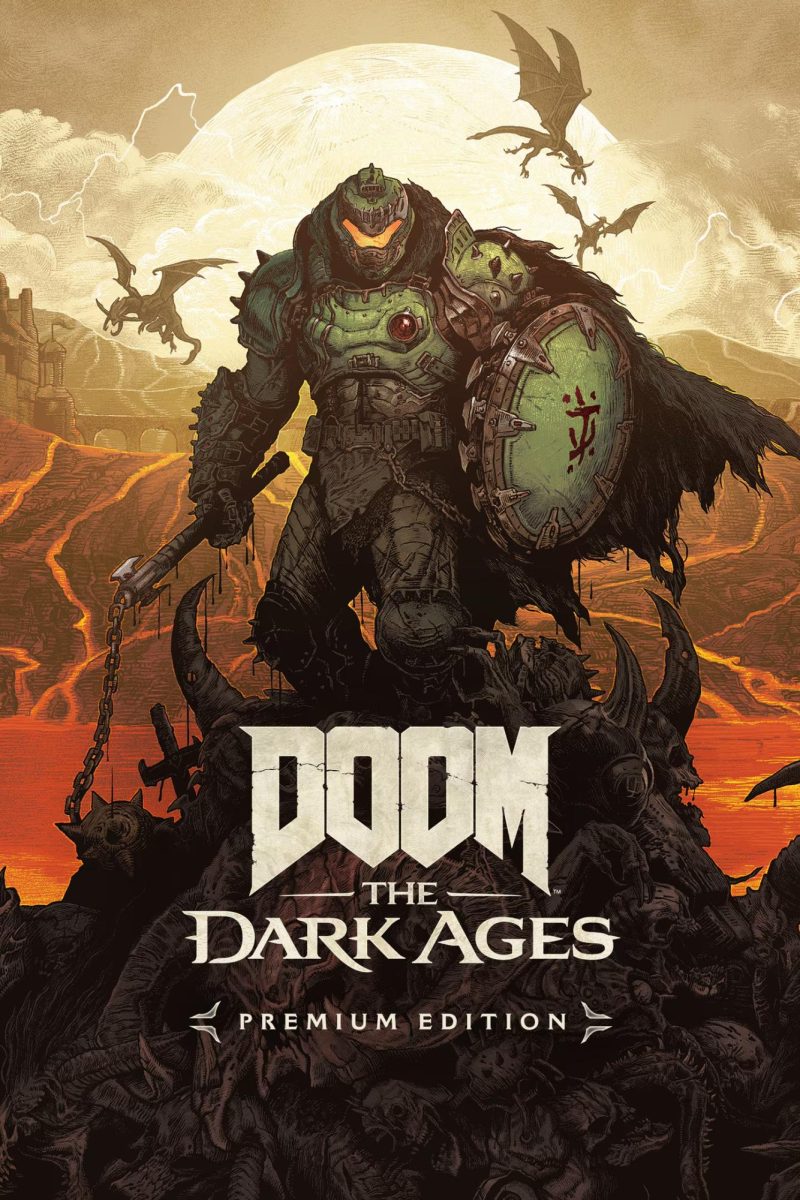I have sat down on the couch too many times with a bowl of popcorn and a cat or two, ready to enjoy the services of Netflix. And too many times the sheer amount of possibilities have overwhelmed me and kept me from watching anything new. I feel that this problem is a common one and have thus compiled a short list of movies that hopefully you may turn to the next time you plop down.
Frank (2014)
When I first saw the trailer for “Frank” I knew that it was a movie I had to see. It features a musician named Jon (Domhnall Gleeson) who is sad and struggling with his art, just like many of the other musicians of the world. Jon seeks success and stumbles into a band whose lead vocalist, Frank, has the habit of wearing a papier-mâché head all the time. Jon joins Frank’s band and they all go off to some island to record an album. The band’s process of recording is fun to watch, due to the nature of their sound being extremely conceptual and experimental.
One characteristic that makes this movie so interesting (besides the obvious fake head of Frank’s) are the interpersonal relationships of the characters. There are just so many contrasting characters: angry theremin-playing Clara (Maggie Gyllenhaal); hopeful, naïve Jon; the bass player and the drummer, who both seem to only speak French. Then there is Frank. Frank serves as this amazing source of inspiration for the band all while having this massive fake head on— which, by the way, nobody ever really acknowledges.
There were moments where I cringed at Jon’s strange, little attempts at mimicking Frank’s natural awesomeness. Jon’s character came off as useless and a little bit of a try-hard. In the shadow of Frank’s huge head and great talent, Jon was an ant.
Despite Jon’s annoying tendencies, “Frank” is still a good movie. The process of the band recording their album is interesting but the mystery of what is under Frank’s head serves as the most intriguing subplot of “Frank.”
Frequencies (2013)
“Frequencies” takes place in alternate universe where everybody’s luck is predetermined by the universe. Those with high frequencies are extremely fortunate and those with low frequencies are permanently late, dropping their coffees in the street and generally disheveled.
High-frequency Marie (Eleanor Wyld) and low-frequency Zak (Daniel Fraser) are two lovers held apart by their frequencies. This is because when those with opposite frequencies get together, dangerous things happen like potted plants fall from rooftops and people faint. Despite the difficulties of being together, Zak continues to go after Marie and experiments with ways to change his frequency so that the two can exist harmoniously.
“Frequencies” is a scientific romantic movie and the alternate reality that it presents is unlike any I have seen before; typically movies recycle the same handful of dystopian/oppressive/fantasy worlds. The theme of sounds creating and influencing the world is one that I have never heard of and I like it. The movie ended up having a feel that was extremely celebratory of music, in particular classical music.
The idea that music is influential on people’s lives is not a new one but I think that “Frequencies” displayed this thought in a unique way. It tied music and romance to each other in a way that showed how, in this particular universe, love relied on the compatibility of sounds.
There were some points in the movie where the dialogue morphed into a wave of English-accented scientific babble and ceased to make sense… but overall “Frequencies” is an enjoyable romantic science-fiction movie.
Mary and Max (2009)
Dark comedy and dark animation, “Mary and Max” is a delightful story of friendship. It features chubby eight-year-old Australian Mary Dinkle (voiced by Bethany Whitmore). She has a chocolate-stain birthmark on her forehead and a shoplifting, alcoholic mother. One day, Mary wonders where babies come from in America (in Australia they are found at the bottom of beer cans, according to her grandfather) and she finds a random address in an address book and sends a letter to it, asking her question. She finds the address of Max Horowitz (voiced by Philip Seymour Hoffman), a morbidly obese Jewish Atheist living in New York City. The letter she sends in her youth sparks the beginning of a long friendship between the two outcasts.
This has been one of my absolute favorite movies for several years now. One of my favorite details is how Australia is sepia-toned and creates contrasts Max’s black-and-white New York City: it really highlights how the two are from two relatively distinct worlds.
You need to have the ability to laugh off uncomfortable or shocking events to thoroughly enjoy “Mary and Max”. Both of the protagonists live less-than-glamorous lives and experience stays in mental the hospital, familial deaths and alcoholism. The movie delivers the content to the audience in a way that is extremely understated and matter-of-fact; this is the trait that makes it a black comedy.
And comedy it is. Because through all the turmoil and hardships, both Mary and Max manage to make the best out of their situations. The movie follows Mary as she grows up while Max gradually becomes more comfortable with himself, with the help of Mary’s letters.
“Mary and Max” is a good movie for someone who also likes the humor and style of Tim Burton’s movies: although dim-lit and dark-toned, it is still funny and enjoyable.






